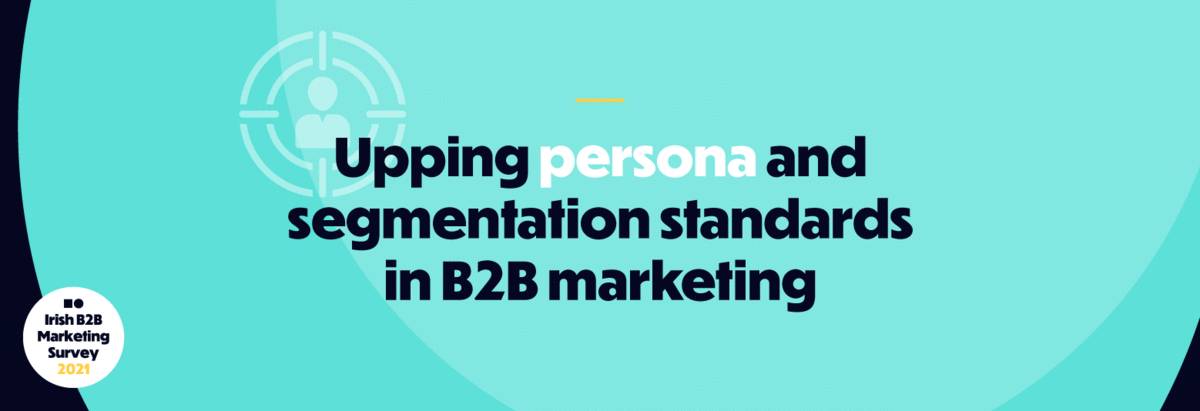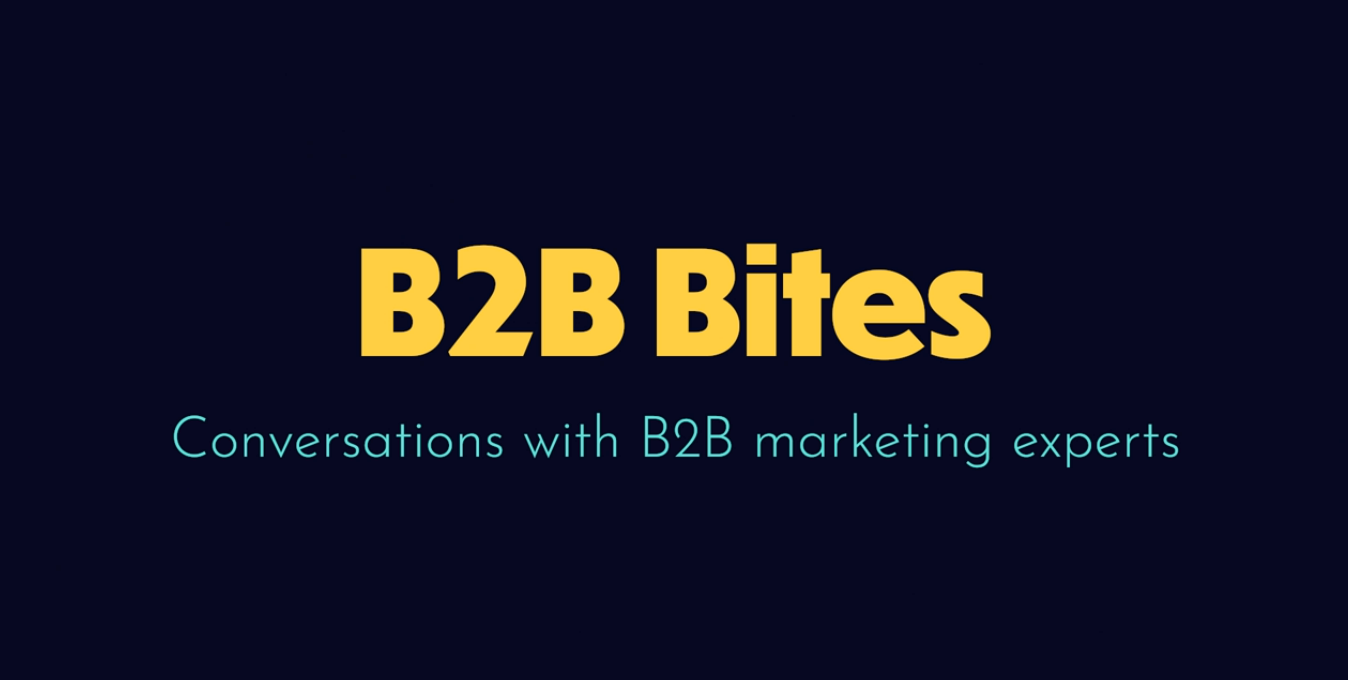Those of us of a certain vintage will remember the immortal lines from Saturday night telly: “I am not a number, I am a free man!” as Patrick McGoohan scampers around Portmeirion chased by a big balloon. If you could suspend your disbelief for long enough, you could identify with this chap desperate to escape the shackles – physical and metaphorical – of his anonymous existence and break out into full, individualistic technicolour.
Poor sod, we’d think, as the titles rolled. How lucky we are to enjoy the freedom of choice, freedom to be ourselves with all our unique quirks and foibles. But in reality, we are all just a number, one of a handful allocated to us, a shorthand that helps pick us out of a crowd. And do you know what? It works just fine.
Take, for example, our consumer lives. We share our data on the assumption that companies will treat us as individuals, understand and serve our very specific wants and needs. In truth, we have been weighed, we have been measured, and we have been plonked into, say, one of five or six convenient buckets to be dealt with accordingly. The magic of marketing is that, despite being lumped in one of those buckets, clever companies manage to make us feel like individuals.
Except a lot of them don’t. They should – but they don’t.
When it comes to getting deep down and dirty into understanding the customers, B2B marketing is still just skimming the surface. Our latest report, the Irish B2B Marketing Survey 2021, found that two-thirds of marketers admitted to swerving in-depth persona research. Nearly as many (58%) hadn’t gone near customer journey mapping.
Most Irish marketers don’t know who their customers are or what they’re doing.
Instead, the preferred tactic seems to be relying on what they know (hint: you know less than you think, you know) or what they experience. Neither of which is a particularly solid tactic when it comes to addressing the great, wonderful technicolour rainbow that makes up their customer base.
You might argue that B2B marketers don’t need to follow the same tactics as their B2C brethren where personas, segmenting, targeting and personalisation are gospel. After all, in many cases, we could be talking about a customer base numbering in the hundreds, compared to the hundreds of thousands or hundreds of millions faced by your average FMCG multinational.
Indeed, our research showed that a fifth to a quarter of Irish B2B marketers still feel referrals is the preferred route, providing their companies with the largest number (20%) and highest quality (25%) of leads. But this is ultimately a zero-sum game. It’s basically a pyramid scheme. You’re relying on friends of friends to get on board and eventually, without any other marketing input, you’re going to run out of friends to tap up. This is also an argument for boosting your advertising quality and quantity but that’s a fight for another day.
Back to discovering your personas and segmenting for growth. Because that’s what’s at stake here. Without understanding what gets potential customers excited, understanding where they are, what they’re after, and when they might be ready to buy, you’re essentially suffocating any chance for growth. And they say that if you’re not growing, you’re shrinking. There’s no such thing as maintaining the status quo (sorry, Francis).
There are encouraging signs. Despite the shockingly low rates of persona research and customer journey mapping, more Irish B2B marketers are using it in 2021 than the previous year – 70% versus 66% and 60% versus 58%. And marketers do understand the power of a combined marketing approach, with nearly half (47%) reaching customers through brand ads plus targeted sales activations.
But to be truly effective, that deep understanding of both your current and prospective customer has to be at the heart of your strategy. In other blogs, we’ve advised, cajoled, begged, and berated B2B marketers to get on board with emotional, engaging advertising but that’s still only part of the puzzle. It has to be complemented by targeted, personalised messaging and offers.
Yet, still less than a fifth of respondents (18%) admitted they only segmented when they had to. It makes you wonder what they try to get away with the rest of the time. Because you can’t just rely on ‘People Like Us’ marketing anymore. The future is changing. Millennials will shortly make up the vast majority of the workforce and it’s not about avo toast and doing it for the Insta. There are start-up mavens, new traditionalists, digital nomads, and legacy fixers. And those are just a few segments we made up on the spot.
The point is, decision-makers are changing, referrals through an ‘old boys network’ won’t cut it. And chances are, whatever targeting you’re doing is based on an outdated assumption – recent research cited in our Survey found that almost 80% of junior staff in an IT organisation have a significant influence on tech procurement. How often have your comms targeted the lower echelons of a potential customer’s business?
Building in-depth personas is a lot of work, particularly if it’s not something you’ve been geared up to do in the past. It takes delving into your data, also something that might not be as well put together as you’d like. But it’s not something you can put off forever. As an interim measure, you might want to consider outsourcing as a way to get over initial hurdles.
However you approach the task, the time is now. Because we very much expect that 66% who aren’t conducting research to decrease still further come this time next year. And for every one of those companies still holding back, there’s going to be one more really upping their persona and segmentation game.









